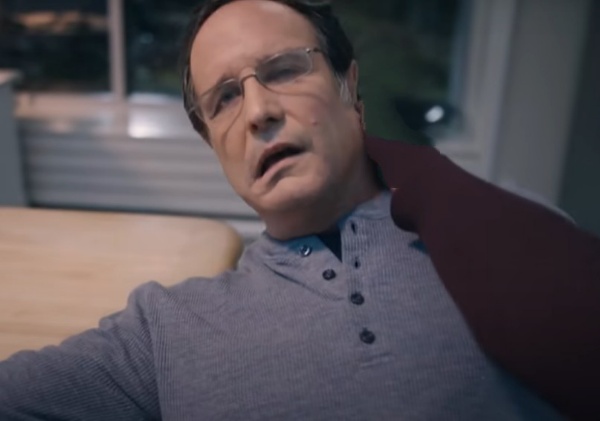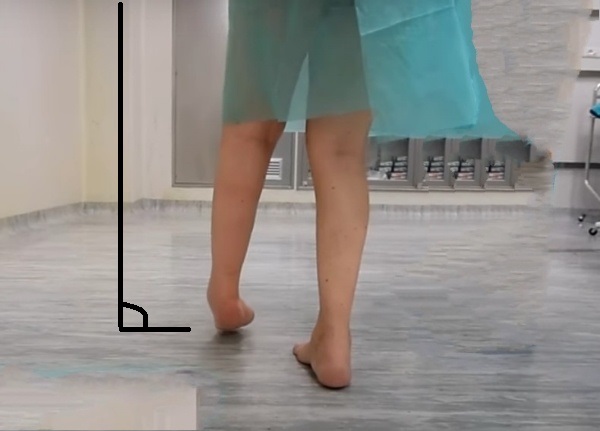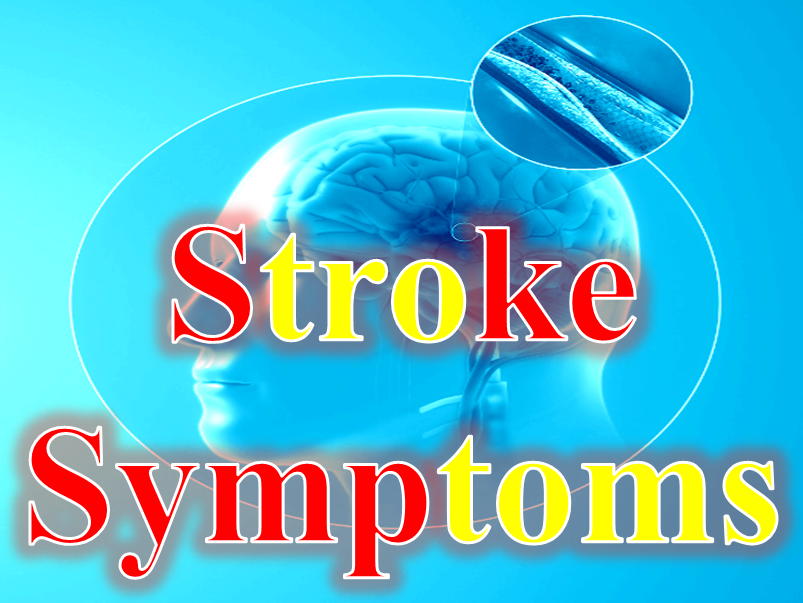Mr. Aristn is a politician. Also doing contractor business. Elected MP once. MP could not be elected in the middle. This year he got an MP nomination so he is holding meetings and seminars in different places. He is suffering from high blood pressure. Unable to take medicine regularly due to his busy schedule One afternoon while giving a speech at an election public meeting he suddenly fainted. Fell to the ground. He was taken by ambulance to the hospital's emergency department.
CT scan was done on an urgent basis. The doctor said MP had a
stroke.
Mr. jack used to work in government. Retired a few days ago. Now, pray five times to Allah. He worshiped till many nights at night. One day, he prayed till late at night and slept. When he tried to pray early in the morning, he saw that he could not move his leg and hand on one side. The right arm and leg are not getting stronger. The wife started crying after hearing her husband's words. The neighborhood is real. He was taken to the Medical College Hospital by car. The doctor suggested
CT Scan.
CT Scan is done. The doctor said the patient had a
stroke.
Both the above events are our daily casual events. This can happen to us at any time. Sudden loss of consciousness and paralysis on one side of the body are the most common symptoms of a
stroke. Besides, some other symptoms may appear but they are not so common symptoms. If unconscious, doctors can imagine the severity of unconsciousness by seeing many symptoms. For example, when a patient is unconscious and has closed eyes, talking to him or applying pain does not open his eyes. Even if the eyes are closed and the eyes are not opening at all. Then it can be assumed that the patient's condition is worse. If the eyes are open then it should be considered that the unconscious is not in such a serious condition.

If the patient is spoken to and gives a correct answer, unconsciousness is considered less serious. If the patient is spoken to and the patient is incoherent or does not answer at all, then the patient is in the critical stage of unconsciousness. Doctors determine the severity of unconsciousness by
GCS.
Even if the patient has weakness on one side, the pattern can vary. For example, the arms and legs may not be able to lift or move slightly off the bed. Can lift arms and legs off the bed but not as strong as before. The weak can be only one leg and one hand is also not correct, the weak can be only leg or only hand. But common is the weakness of one arm and leg.
Often there is no weakness but no sensation in the one-sided arm and leg. The patient does not understand the pain. Or the pain will be understood but the patient will say that it can feel the same way that one arm and one leg are pinched or punctured with a pin.
Sudden loss of speech is another common stroke symptom. When asked something, the patient may not give any answer, and if he does answer, he may give the opposite answer. In medical language, it is called
Aphasia. If the patient stops talking suddenly, the patient becomes very emotional and may cry a lot if you say anything to him.
Coughing may occur when the patient tries to feed something. That is, he cannot eat properly. In medical terms, it is called
Dysphagia. If there is a problem, the patient should not try to feed anything.
The mouth may turn to one side when speaking. The medical school called it
Fascial Palsy.
Many times it is seen that the patient does not have weakness in arms and legs and is not unconscious but cannot walk, i.e. falls when walking. In medical language, it is called
Ataxia.
The patient may suddenly have trouble seeing anything. May not see at all or may see dimly. Besides, seeing one side may not see the other side. One can see two things. Like the sun can see one or two. The moon can see one or two.
Dizziness is a serious complication of stroke. The patient will say that everything around my body is spinning. Doctors call it
Vertigo.
A man has had no headache for a long time. The patient has no history of headache symptoms. Sudden severe headache and gradually increasing and unrelieved and the patient has taken many pain killers but to no avail. The patient may experience nausea or profuse vomiting with the headache. It will be difficult to see the light. But there is no weakness in the arms and legs. It is also a symptom of stroke.
Symptoms that may manifest in the patient include urinary retention or bedwetting. A patient may have seizures immediately after a stroke. Seizures can be all over the body or any part of the body.
A stroke can have any of the above symptoms or more than one of the symptoms. But remember that the symptoms must be sudden. If it's slow, remember it's not a stroke. He has suffered from any other brain disease other than stroke.
Heart attack has nothing in common with stroke. Yet we often conflate the two or use them interchangeably. The heart is in the middle of our chest. A very common symptom of a heart attack is severe pain in the middle of the chest. Many people think that the
Heart is on the left side of the chest. So heart pain will be on the left side. This is a misconception. Heart pain will be in the middle of the chest. Severe pain may be accompanied by shortness of breath, profuse sweating and nausea, and vomiting.
The essence of stroke symptoms is that the symptoms appear suddenly. If there is a lot of headache or vomiting or fainting along with the stroke then it is considered a
Hemorrhagic stroke and if only one arm and leg are paralyzed without vomiting, headache and unconsciousness then it is considered an
Ischemic stroke. But sometimes there can be exceptions. Therefore
CT Scan is very important for proper treatment.
 Brain stroke patients cannot move their face, hands, and legs on one side of the body properly. They cannot speak clearly. They even have difficulty seeing properly with both eyes or one eye. They have trouble maintaining body balance along with dizziness, and they get lots of headaches for no apparent reason.
Brain stroke patients cannot move their face, hands, and legs on one side of the body properly. They cannot speak clearly. They even have difficulty seeing properly with both eyes or one eye. They have trouble maintaining body balance along with dizziness, and they get lots of headaches for no apparent reason.

